Are you looking for ways to give your home a facelift? With the right materials and some skill, you can transform an old-looking brick wall into something truly special. Matching brick pattern and color can be tricky but not impossible.
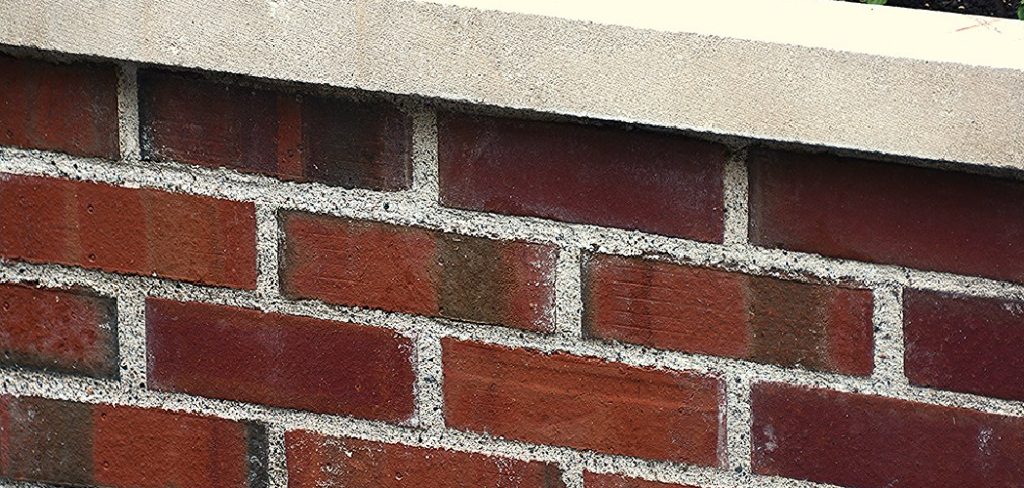
In this blog post, we’ll look at how to match brick – from selecting the perfect product to applying it so that the bricks blend together beautifully. Get ready to take control of your project with expert advice on everything from choosing matching mortar shades to assessing whether or not a repair is necessary!
Why May You Want to Match Brick?
1 . To Create a Cohesive Look for Your Building
Matching brick is an essential step in creating a cohesive look for your building, whether it’s a residential or commercial structure. By using the same type and color of brick throughout the entire exterior, you can achieve a seamless finish that adds to the overall aesthetic appeal of your property.
This is especially important for buildings with multiple levels or sections, as it helps tie everything together and creates a unified appearance.
2 . To Maintain Historical Accuracy
If you’re working on a historic building or one that is meant to replicate a specific time period, matching brick is crucial in maintaining its historical accuracy. Different types of bricks were used during different eras, and by selecting the right one, you can ensure that your building looks true to its original design and style. This level of attention to detail is important for preserving the integrity of the building and honoring its architectural heritage.
3 . To Complement Other Materials
Brick is often used in conjunction with other building materials such as stone, wood, or metal. In these cases, matching brick is necessary to ensure that all elements work together harmoniously.
By selecting a brick that complements the other materials used in your building’s exterior, you can create a visually appealing and balanced look. This also applies to interior design projects where brick may be used alongside other wall coverings or flooring materials.
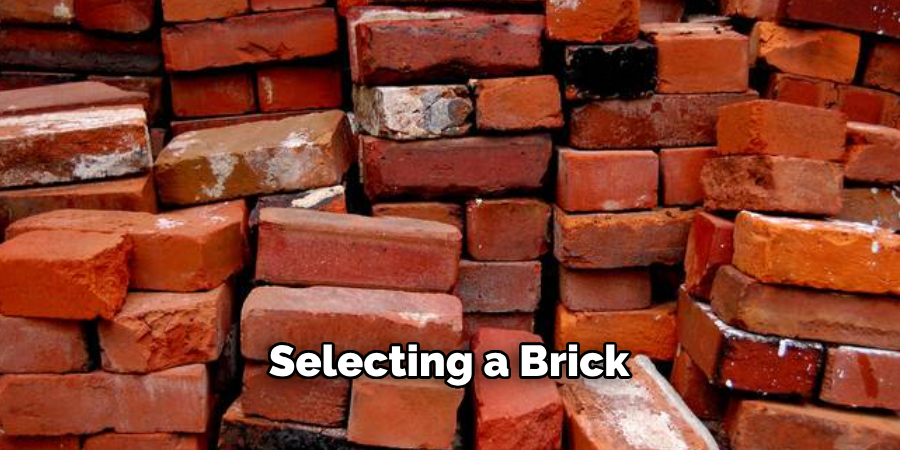
4 . To Achieve Consistency
Matching brick is also important for achieving consistency in your building’s construction. Bricks that are not matched properly can appear mismatched or out of place, which can be jarring to the eye. By carefully selecting and matching bricks, you can ensure a consistent look and feel throughout your building, creating a sense of unity and stability.
5 . To Increase Property Value
Lastly, matching brick can also increase the value of your property. A well-matched brick exterior is visually appealing and signals to potential buyers that attention was paid to detail during construction or renovation. This can make your property more attractive on the market and potentially increase its resale value.
How to Match Brick in 5 Easy Steps
Step 1: Understanding Brick Colors
Bricks are available in a variety of colors, making it easier to match them with existing structures. It is important to know the different shades and tones of brick colors, as well as their names, before attempting to match them. Some common brick colors include red, brown, grey, and tan.
Step 2: Identify the Size and Texture of the Brick
Apart from color, it is crucial to identify the size and texture of the brick you are trying to match. Bricks come in various sizes and textures, such as smooth, rough or textured. Knowing these details will help you narrow down your search for a suitable match.
Step 3: Consider the Age of the Existing Brick Structure
Brick colors can change over time due to exposure to weather conditions. If you are trying to match an existing brick structure that has been around for a while, it is important to consider the age of the bricks and how they may have changed in color.
Step 4: Use a Brick Matching Tool
There are various online tools available that can help you find matching bricks based on color, size, and texture. These tools use algorithms to find the closest match and can save you time and effort in finding the perfect match manually.
Step 5: Consult a Professional
If you are still having trouble finding a suitable match for your bricks, it is best to consult a professional bricklayer or masonry contractor. They have experience in matching bricks and may have access to a wider range of options. They can also advise on the best course of action if an exact match cannot be found.
With these 5 easy steps, you can successfully match brick for any project or repair. Always remember to consider the color, size, texture and age of existing bricks, and don’t hesitate to seek professional help if needed.
Additional Tips to Match Brick
1 . Do Not Rely Solely on Color
When matching bricks, it’s important to not solely rely on the color of the bricks. While color is an important factor, there are other characteristics that should also be taken into consideration in order to achieve a good match.
2 . Consider the Texture and Finish
Another important aspect when trying to match bricks is the texture and finish of the bricks. Is the brick smooth or rough? Does it have a shiny or matte finish? These characteristics can greatly affect how well the bricks match.
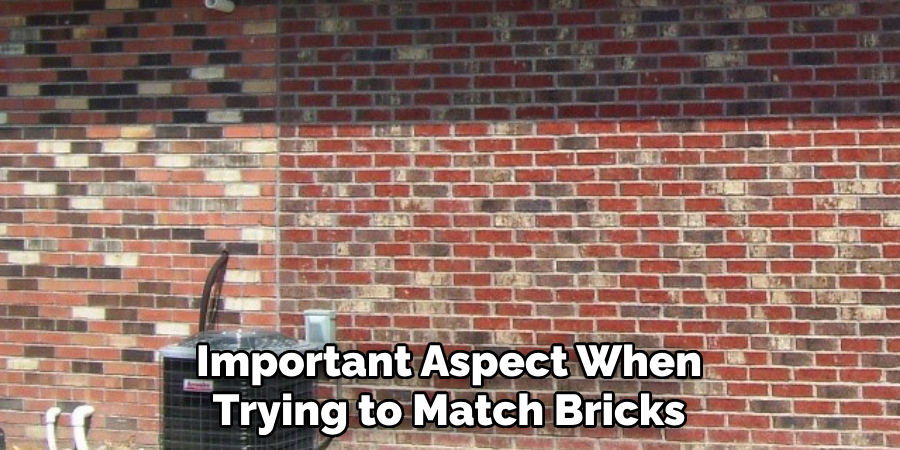
3 . Pay Attention to Size and Shape
Bricks come in various sizes and shapes, so it’s crucial to pay attention to these details when trying to match them. If possible, try to measure the dimensions of the brick and compare it to the bricks you are trying to match.
4 . Be Aware of Mortar Color
Mortar, the material used to hold bricks together, can greatly impact how well bricks match. Take note of the color and texture of the mortar when trying to match bricks.
5 . Consider Weathering
As buildings age, their bricks may start to weather and change color. Before trying to match bricks, take into account the potential effects of weathering on the existing bricks.
6 . Use Samples
If possible, it is highly recommended to use actual brick samples when trying to match them. This will allow you to see and feel the texture, finish, and color up close in order to make a better match.
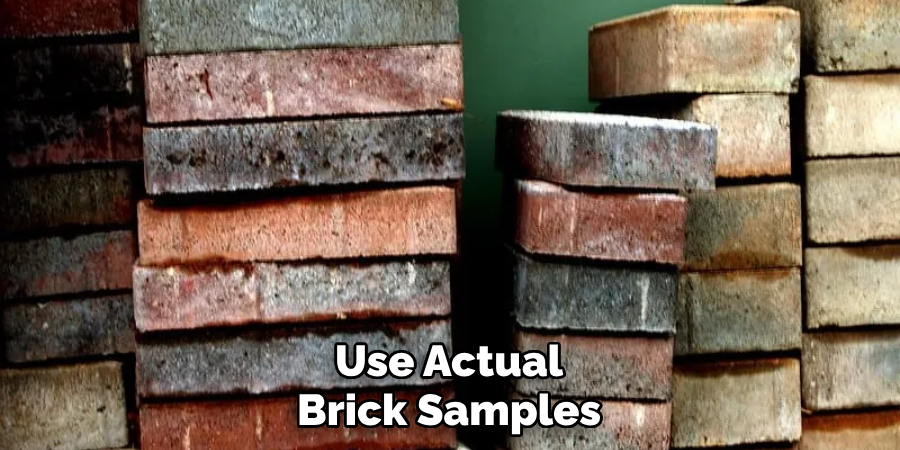
7 . Seek Professional Advice
Matching bricks can be a difficult task, and if you’re unsure or struggling to find a good match, it’s best to seek professional advice. Brick experts have the knowledge and experience to help you make the best decision for your project.
Frequently Asked Questions
What Precautions should I take before Matching different Types of Bricks?
- It is important to consider the type of brick you are using and its specific characteristics, such as size, color, texture, and shape.
- Take note of any variations in these characteristics within a single batch or pallet of bricks.
- It is recommended to lay out all the bricks before starting to match them, to ensure a consistent look and avoid any surprises once the project is completed.
How can I match different Types of Bricks for my Project?
- Before starting the matching process, take into consideration the look and feel you want to achieve for your project.
- Pay attention to the color palette of your bricks and try to match them accordingly.
- It is also important to consider the texture and finish of your bricks, as well as their size and shape.
What are some Tips for Matching different Types of Bricks?
- Start by sorting out the bricks based on their size, color, and texture.
- Consider using a mix of different types of bricks to create a unique and visually appealing design.
- Don’t be afraid to experiment with placement and patterns to achieve your desired look.
- Step back and look at the overall appearance of your project to make sure all the bricks are matching and there are no obvious inconsistencies.
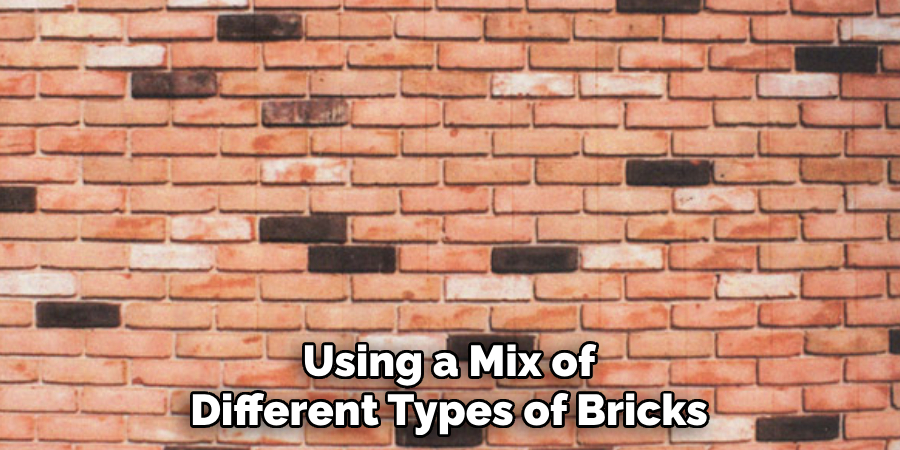
Can I Match old and new Bricks?
- Yes, it is possible to match old and new bricks by following some steps.
- First, try to find a similar type of brick in terms of color, texture, and size.
- If the bricks are slightly different, try to incorporate them into your design in a way that creates a cohesive look.
- Alternatively, you can use techniques such as weathering or staining to help blend the old and new bricks together.
Conclusion
To sum it all up, matching bricks to existing ones can be a tricky process due to the many variables involved. Matching both the size and color of brick can seem daunting at first, but with a little bit of research and practice, you can easily identify brick and find the proper replacement.
By using this guide on how to match brick as a starting point, YOU now have the knowledge and know-how to go out there and confidently match bricks! So why not give it a try yourself? You’ll be astonished by just how good your results look!
